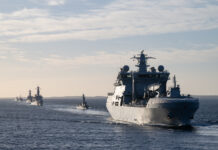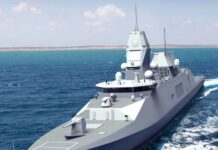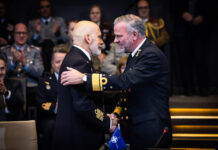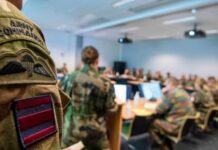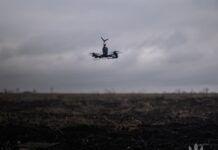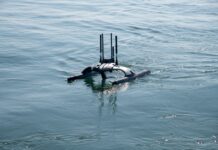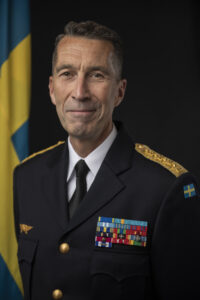
Credit: Försvarsmakten
The Swedish Armed Forces have undergone significant transformations over the past year and a half. These transformations have been propelled by several factors, most notably the full-scale Russian invasion of Ukraine in February 2022, Russia’s continuous menacing rhetoric and security demands towards the West, the substantial assistance Sweden provides to Ukraine, and our application in May 2022 to join NATO. In this article, I provide an overview of how these factors are changing the present and, more importantly, shaping the future of the Swedish Armed Forces.
The unprovoked armed Russian aggression in Ukraine, which commenced on February 24 last year, reintroduced large-scale warfare to Europe and the inevitable suffering, death, and destruction it entails.
Since day one, the world has witnessed remarkable Ukrainian resistance. On numerous occasions, I have expressed my professional admiration for the skill, discipline, and endurance of the Ukrainian Armed Forces, and how profoundly impressed I am by the courage and strong sense of duty exhibited by the entire Ukrainian population.
The Russian aggression in Ukraine has served as a stark reminder of the importance of standing up for what is worth defending. Russia’s disregard for human suffering, international law, and its long-term ambition to break Ukrainian resistance necessitate a robust response from Sweden and the Western community.
Regarding our continuous, unwavering support for Ukraine, Sweden has been an integral part of the unified response from the EU and NATO, as well as from numerous partner countries worldwide, since the onset of the Russian invasion. We have provided substantial aid, including heavy weapons and training, to the Ukrainian Armed Forces, and we will continue to do so. I take great pride in the pivotal role my organisation has played, and will continue to play, in the efforts to provide Ukraine with this support.
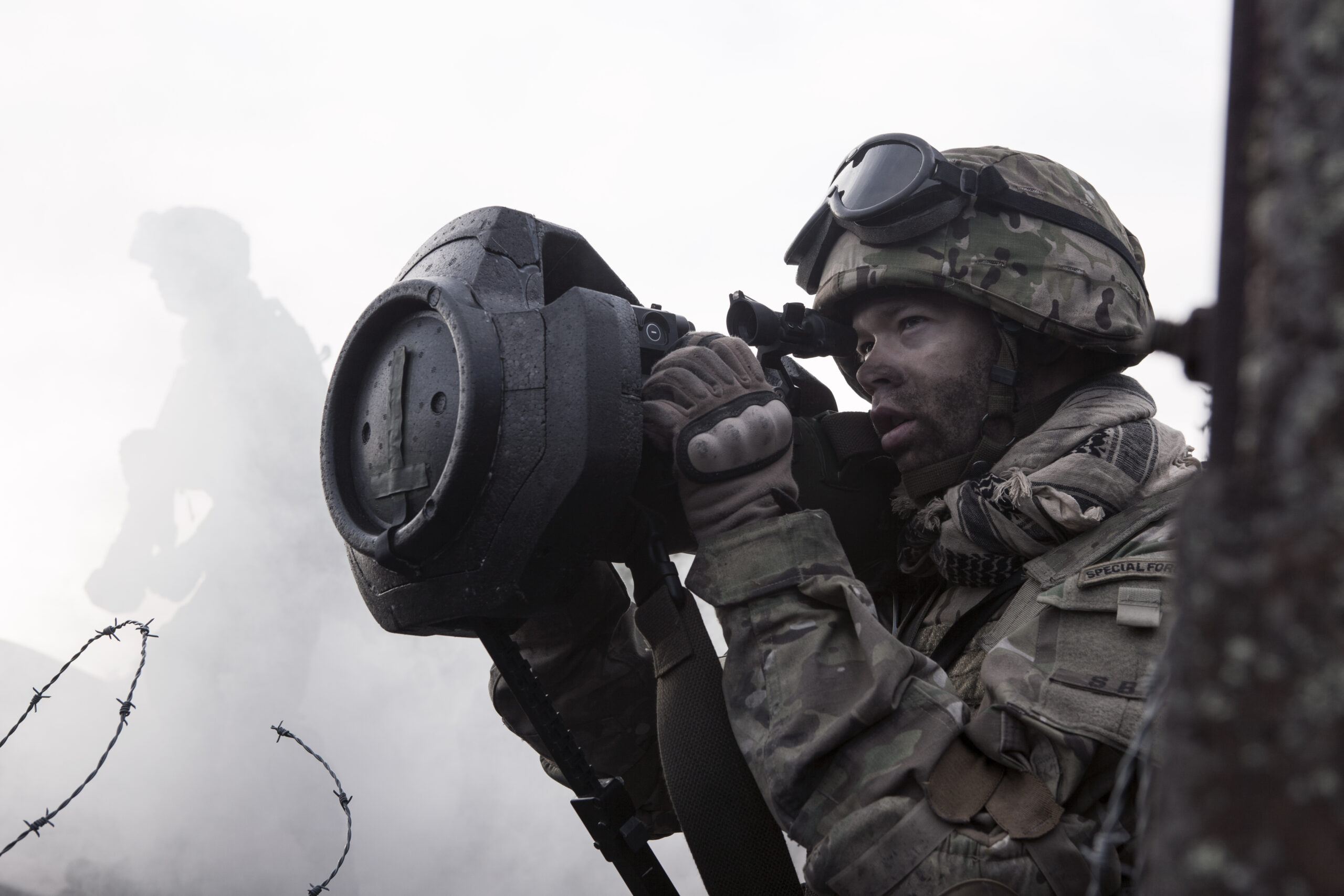
Credit: SAAB
The significantly deteriorated security situation in Europe has led the Swedish Armed Forces to continually adapt and strengthen their readiness and defence posture. Regular joint activities have been conducted with key partners.
A notable example is the capstone exercise, AURORA 23, which we conducted this spring. It stands as the largest national exercise of its kind in over 25 years, encompassing air, ground, and sea operations. Swedish soldiers and seamen trained alongside colleagues from 14 partner countries.
In May 2022, Sweden submitted its application for NATO membership. From a military strategic standpoint, it was the correct course of action, something I made very clear in my military advice to the government during the intense national consultations preceding the decision. In an increasingly uncertain world, strength lies in unity.
Russia has unequivocally demonstrated, through its actions in Georgia, Syria, and in Ukraine since 2014, its willingness to employ military force to achieve its objectives. Moreover, the threat posed by terrorist groups, a threat that transcends borders, persists.
Together, we can confront these challenges. Sweden’s future inclusion in NATO will mark a historic moment, as it will be the first time since 1814 that we join a military alliance. By acting alongside our allies, our objective will be to deter further acts of aggression by Russia in Europe.
Naturally, Sweden will contribute to NATO operations both within NATO territory and out of area. We wholeheartedly embrace the 360° perspective, including continued contributions to NATO Crisis Management Operations.
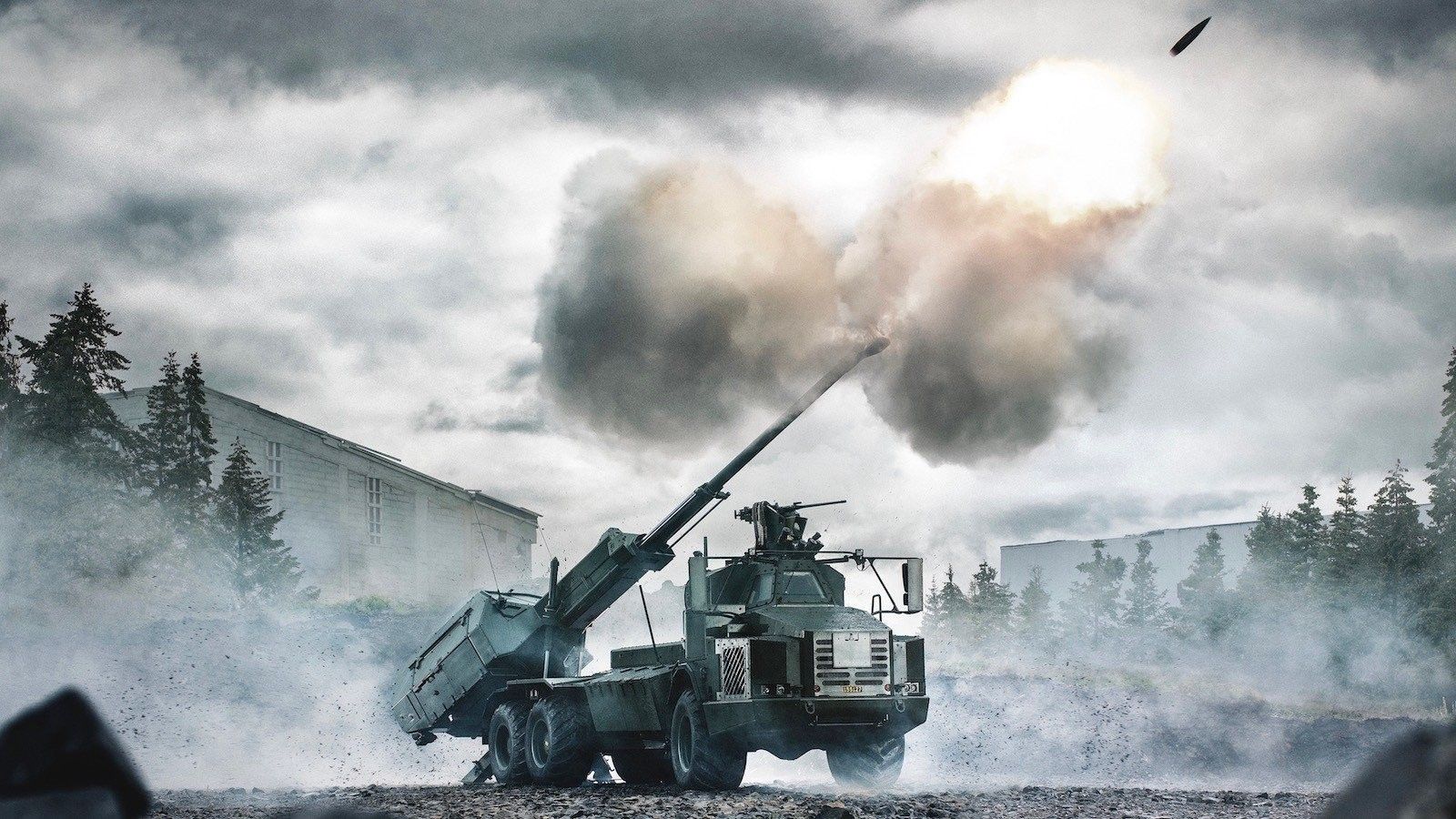
Credit: BAE Systems
Considerable efforts are currently underway within the Swedish Armed Forces to gradually integrate Sweden into NATO on a military level. It is a process that demands hard work and prudent choices, and it is progressing remarkably well.
To initiate our NATO integration, a set of prioritised capabilities has been identified. Three of the most crucial priorities include joining the collective integrated air and missile defence, establishing interoperable communication and information systems between Sweden and NATO, and developing robust Host Nation Support capabilities.
Thanks to the hard work being conducted in the military integration process, Sweden will be prepared to shoulder the responsibilities that come with NATO membership. We will contribute to the core responsibilities of the alliance: deterrence and defence, preventing crises and handling the crises that arise, as well as security cooperation.
As President of the European Union during the first half of 2023, Sweden has been fully committed to the EU and its priorities of security, resilience, prosperity, democratic values, and the rule of law.
The Russian invasion of Ukraine has significantly influenced the Presidency, with support for Ukraine and intensifying collective pressure on Russia through sanctions ranking as top priorities. The current security environment underscores the need to strengthen the EU as a more assertive actor in security and defence, assuming greater responsibility for its own security.
Furthermore, maintaining European and transatlantic unity is crucial as we confront the common challenges posed by Russia’s use of military force and the persistent threat of terrorist groups. Strengthening partnerships, particularly EU-NATO cooperation and strategic alliances with key nations, is pivotal for collective defence and security in Europe.
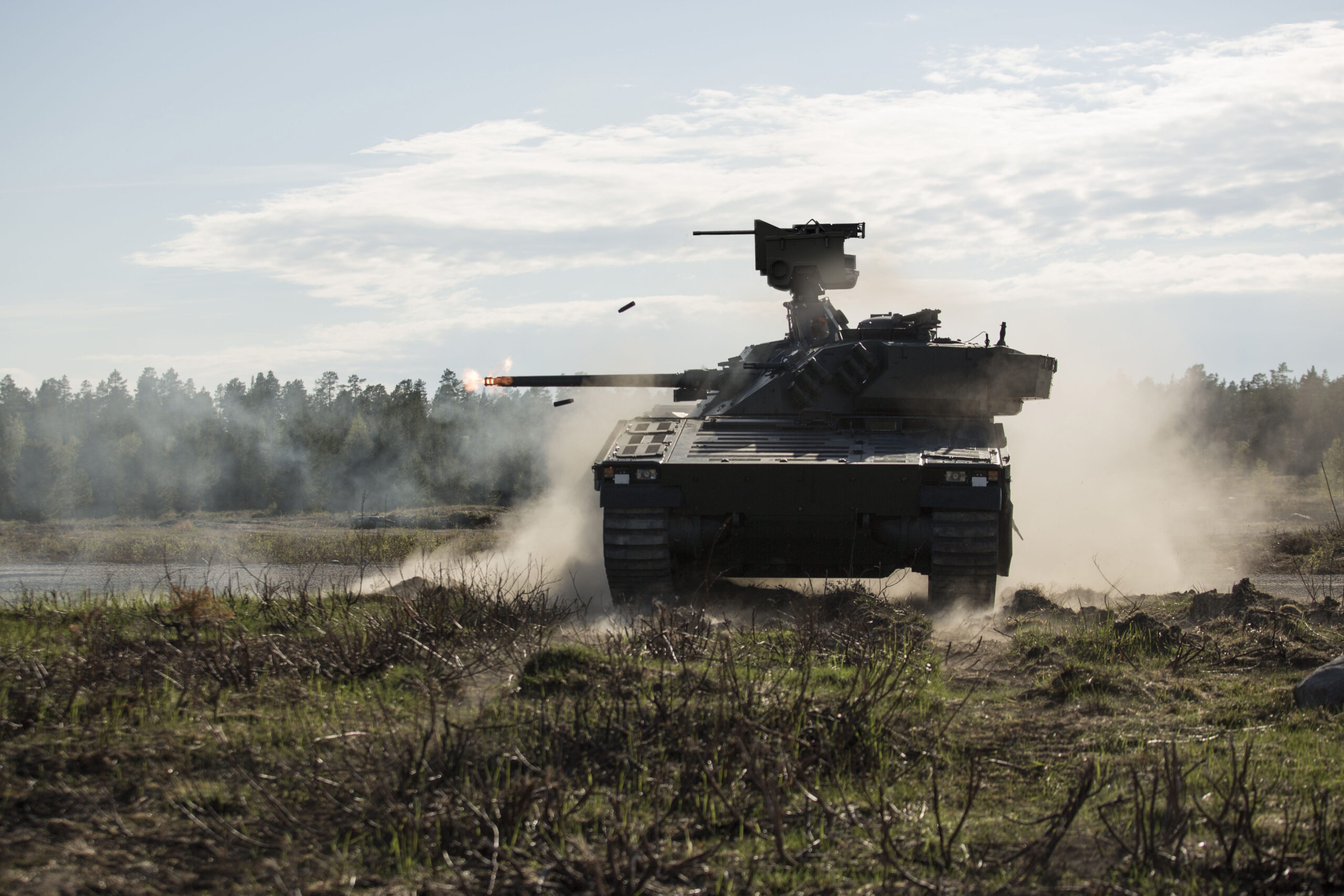
Credit: BAE Systems
Joining NATO does not entail outsourcing the responsibility for our national defence. Quite the contrary. To fulfil Article III of the Washington treaty in a credible way is a top priority for Sweden.
Ensuring strong national defence and resilience within our society will be a significant contribution to NATO’s deterrence. That is what individually, and together with allies, deters an aggressor from attacking us.
As part of this commitment, we are making substantial investments in bolstering both our national military defence and civil defence. The Swedish Armed Forces have experienced substantial growth since 2015, with further aspirations to reach a defence spending level of 2% of GDP as soon as possible.
With this growth comes great responsibility, and I will play my part in ensuring that every Swedish krona invested in defence yields a heightened operational capacity.
Accelerated growth requires close collaboration with relevant agencies and industries. By working together, we can deliver a stronger national defence, a more secure neighbourhood, and ultimately, a stronger NATO.
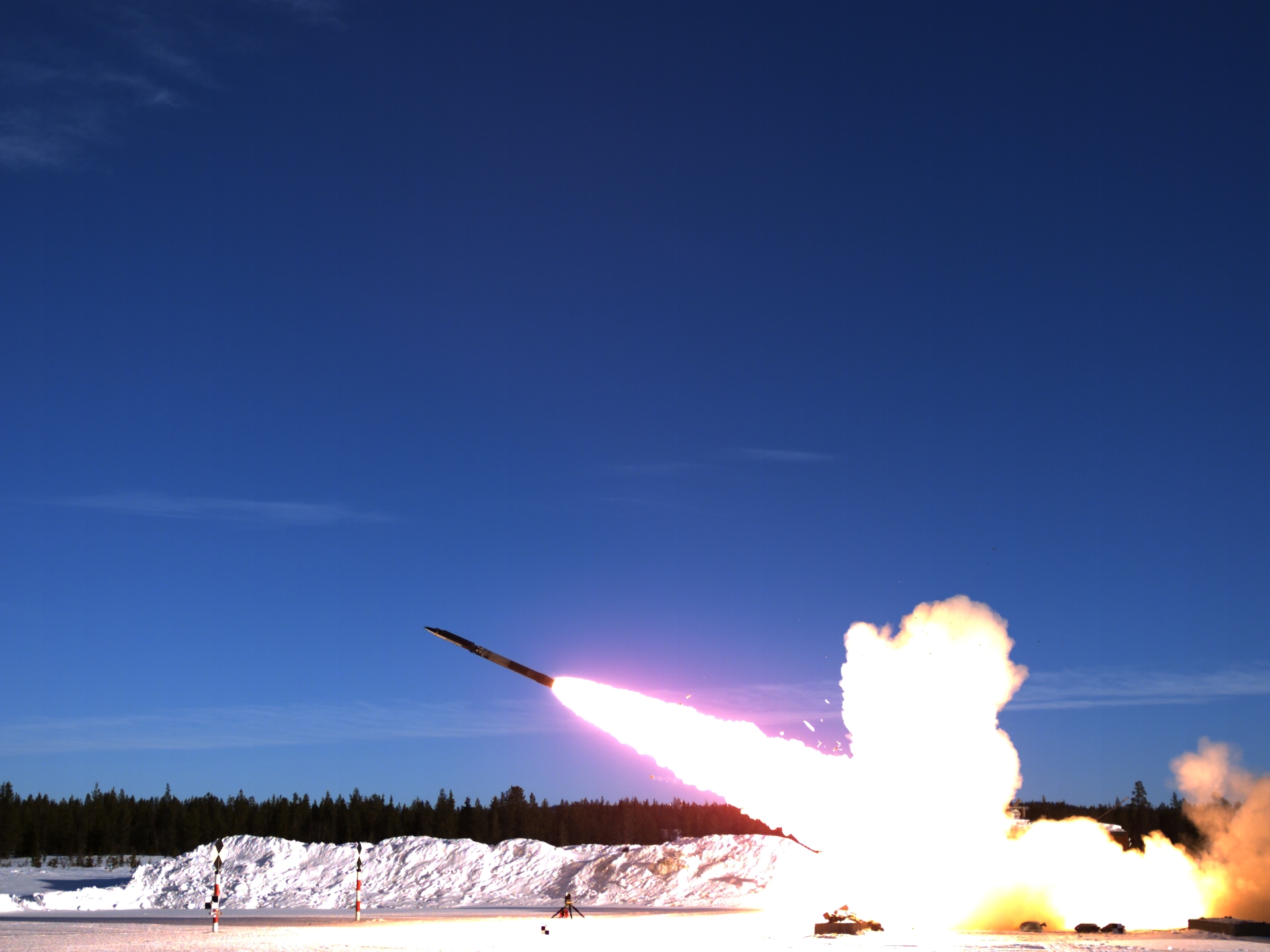
Credit: SAAB
As General Cavoli, SACEUR, emphasised in his speech at the Sälen Security Conference in early 2023: “A healthy and elastic defence industrial base is just as important to NATO’s deterrence and defence as military forces standing ready.” This fact is clearly underscored by the events unfolding in the war in Ukraine.
The unpredictable and increasingly complex security situation demands continual adaptation of readiness and the upholding of adequate and credible defence capabilities, both individually and in collaboration with allies. This imperative holds true in the present and will continue to be of utmost importance in the years to come. The Swedish Armed Forces must be prepared to defend Sweden today, in ten years, and in fifty years.
Enhancing military capability is a time-consuming endeavor that calls for concerted effort and with a constant glance at the future. Embracing new technologies is pivotal; they must be adopted, integrated, and mastered. In this regard, our close cooperation with the Swedish Defence Material Administration (FMV), the Swedish Defence Research Agency (FOI), and the strong Swedish defence industry remains indispensable.
These are among the critical topics presently under discussion in the Swedish Defence Commission, a forum for consultations between the Government and representatives of political parties with the aim of achieving broad consensus on Sweden’s long-term defence and security policies.
Given the many changes and challenges facing Sweden, many of which I have described above, the Commission has recently recommended advancing the adoption of the next Swedish defence bill by one year, to 2025 instead of 2026. The next defence bill will set the frames for the development of the Swedish total defence up until 2030 with an outlook up to 2035.
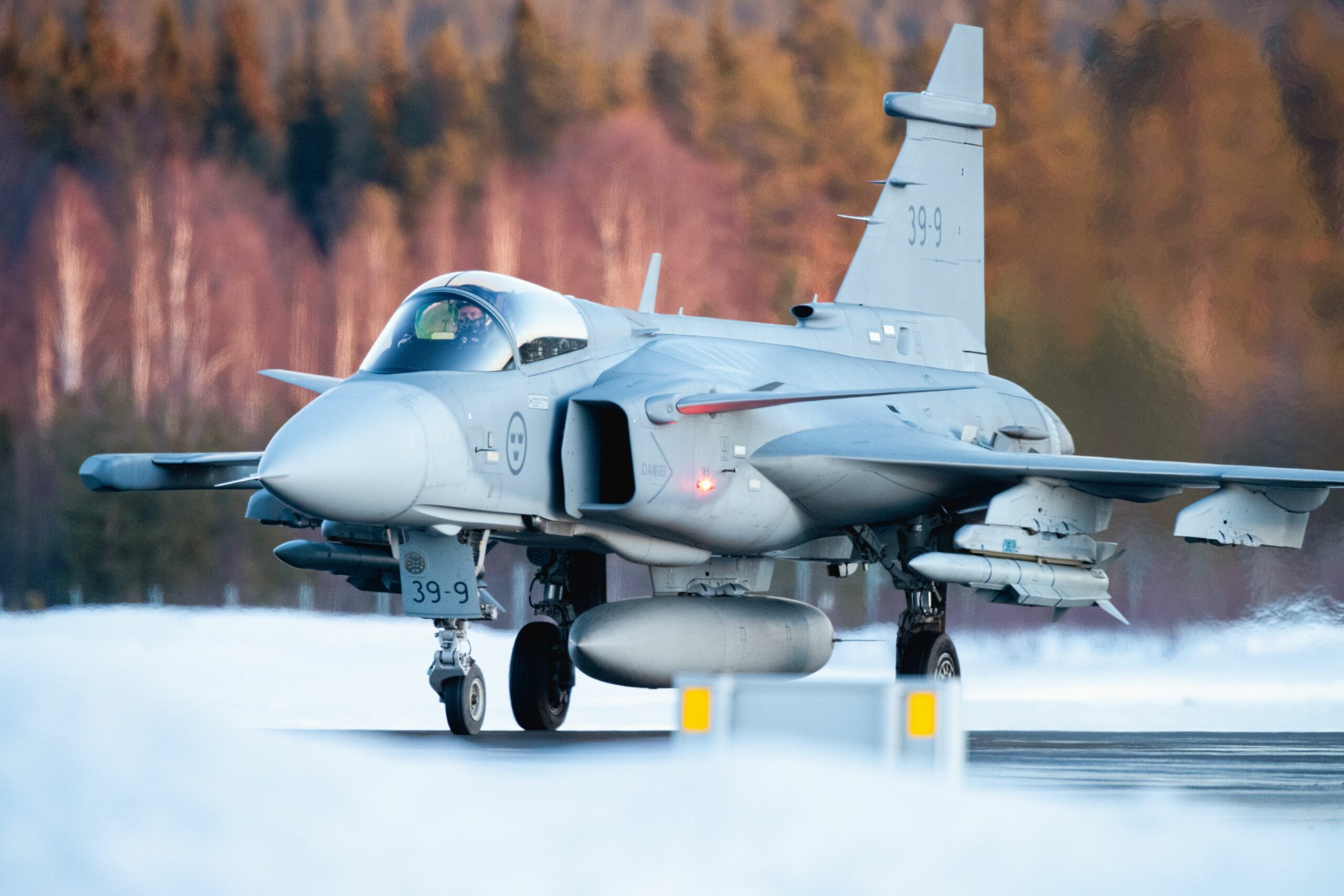
Credit: SAAB
A final remark – the Russian invasion of Ukraine will go down in history as an example of the worst actions the human race is capable of. Simultaneously, dark and challenging times can also unite us. And there are flickers of hope, particularly when we witness the steadfast Ukrainian resistance and their remarkable courage. This serves as a great source of hope, as does the strong and unified Western response to the Russian challenge.
General Micael Bydén



